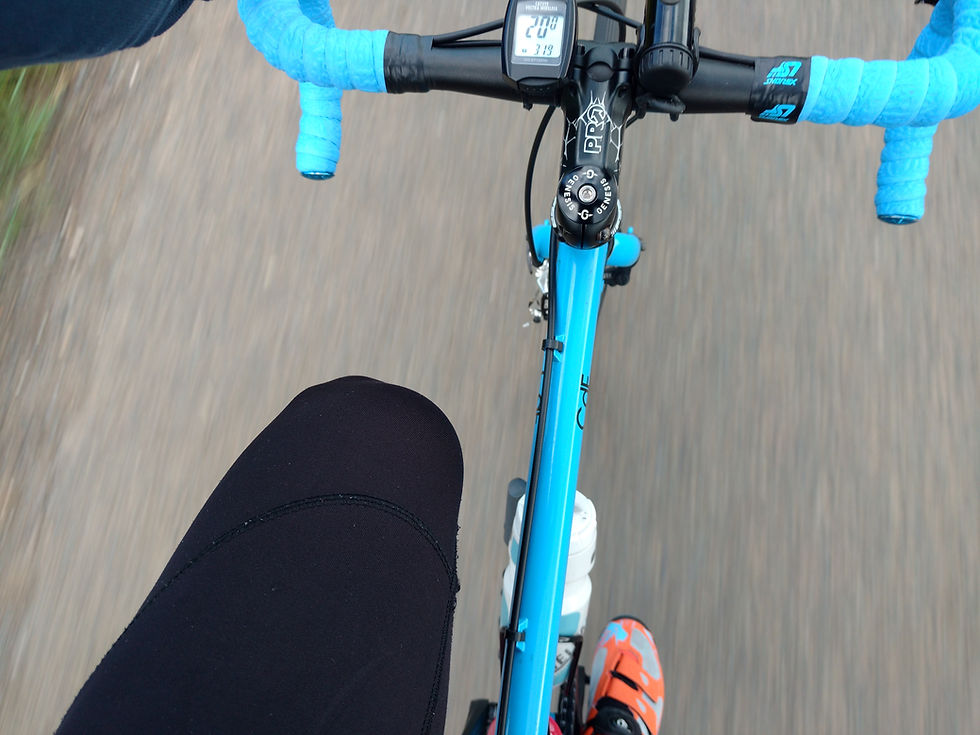Sometimes it helps to put a name to that which we think we already know. In doing so, we are able to recognize it, understand it, apply it, elevate it, and even transform it into something better. I find that to be the case with imagery in storytelling.
It’s often easier to read two passages and pick one you like better than it is to explain why you chose the one you did. People who have trained their eyes and ears to pick up on effective storytelling will be able to evaluate communication more critically, drilling into the molecules that make up the final product and discerning which elements are more effective than others and why.
Example:
Passage One
That hot summer morning arrived, and Mary was ready. She rode her bike six miles to the school grounds; she had her eye – and mind – on the prize. By the time she got there, she was exhausted, but her focus did not falter; she let her bike fall to the ground as she approached the troupe awaiting her arrival.
Passage Two
That hot summer morning arrived, and Mary was ready. Mounting her rusty but trusty, shiny, blue, six-speed bicycle, she pedaled rhythmically for six miles toward the old school grounds, without any more hesitation than the slowing and scanning that an occasional red light or stop sign might require; she had her eye – and mind – dead set on the prize, and her furrowed brow and fierce stare illustrated this newly reached height of determination. By the time she pulled up to the black iron link fence guarding the hot concrete of the red brick building’s parking lot, she was exhausted, but her focus did not falter, and neither did her posture; she let her bike fall to the ground behind her without a single glance as she purposefully approached the cross-armed troupe of her peers anxiously awaiting her arrival.
While reading these two passages, which one painted a more vivid, concrete picture in your mind? While passage one has nothing wrong with it – it’s concise, it gets the point across, it’s grammatically correct, and it tells the story – we almost want to skim over it in order to get to the action (i.e. whatever is going to happen after this narrative). However, passage two plays out in our minds like a movie, and we enjoy each detail rather than rushing to the end.
Additionally, if you read passage one then answered a quiz about it tomorrow, you may not remember too much detail – just a girl riding a bike, but if you read passage two, you would be more likely to remember greater detail – it’s hot, she’s determined, there’s tension when she arrives, something’s going down at the old school grounds, etc. As such, the second passage tells a more effective story through imagery. Passage one is fine in bringing the reader from point A to point B, but passage two makes the journey pop off the page, adding depth and meaning. While reading it, you may remember your first bike, or a journey through your neighborhood in the summer, or an altercation at school; the imagery causes the story to have a greater chance of resonating with you in a way that allows you to connect to the plot or character, to remember the core of the story, and to feel compelled to keep reading so you can figure out what happens next. Incorporating imagery into our stories more effectively will help us yield similar results among our readers.
Writing Exercise
One way to get the creative juices flowing is to use picture prompts. Every time I see an interesting picture, I save it in a photo album on my Drive; whenever I feel compelled, I pluck one out and challenge myself to write a 6-word caption, or a story, or some dialogue, using the picture as the foundation. Starting with a picture and crafting a story around it will help you more naturally weave more imagery into your writing in every setting.


Comments